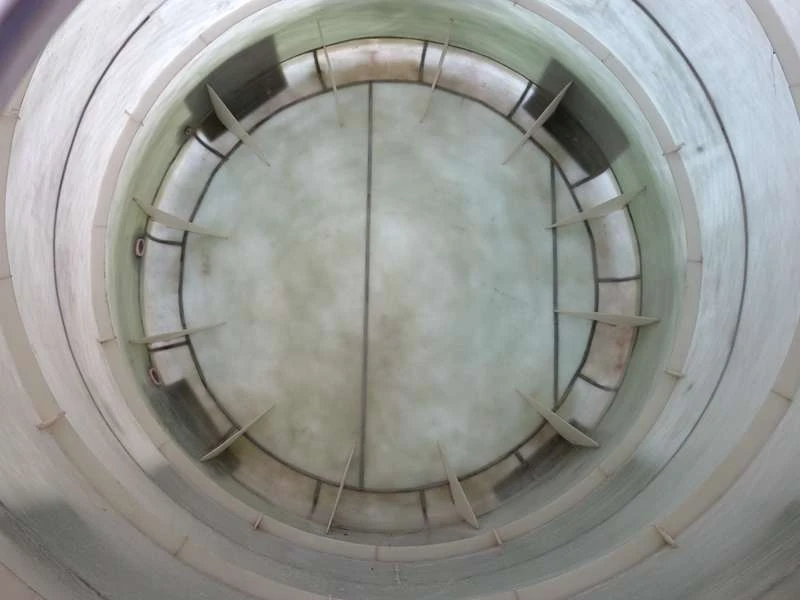
-
 Afrikaans
Afrikaans -
 Albanian
Albanian -
 Amharic
Amharic -
 Arabic
Arabic -
 Armenian
Armenian -
 Azerbaijani
Azerbaijani -
 Basque
Basque -
 Belarusian
Belarusian -
 Bengali
Bengali -
 Bosnian
Bosnian -
 Bulgarian
Bulgarian -
 Catalan
Catalan -
 Cebuano
Cebuano -
 China
China -
 China (Taiwan)
China (Taiwan) -
 Corsican
Corsican -
 Croatian
Croatian -
 Czech
Czech -
 Danish
Danish -
 Dutch
Dutch -
 English
English -
 Esperanto
Esperanto -
 Estonian
Estonian -
 Finnish
Finnish -
 French
French -
 Frisian
Frisian -
 Galician
Galician -
 Georgian
Georgian -
 German
German -
 Greek
Greek -
 Gujarati
Gujarati -
 Haitian Creole
Haitian Creole -
 hausa
hausa -
 hawaiian
hawaiian -
 Hebrew
Hebrew -
 Hindi
Hindi -
 Miao
Miao -
 Hungarian
Hungarian -
 Icelandic
Icelandic -
 igbo
igbo -
 Indonesian
Indonesian -
 irish
irish -
 Italian
Italian -
 Japanese
Japanese -
 Javanese
Javanese -
 Kannada
Kannada -
 kazakh
kazakh -
 Khmer
Khmer -
 Rwandese
Rwandese -
 Korean
Korean -
 Kurdish
Kurdish -
 Kyrgyz
Kyrgyz -
 Lao
Lao -
 Latin
Latin -
 Latvian
Latvian -
 Lithuanian
Lithuanian -
 Luxembourgish
Luxembourgish -
 Macedonian
Macedonian -
 Malgashi
Malgashi -
 Malay
Malay -
 Malayalam
Malayalam -
 Maltese
Maltese -
 Maori
Maori -
 Marathi
Marathi -
 Mongolian
Mongolian -
 Myanmar
Myanmar -
 Nepali
Nepali -
 Norwegian
Norwegian -
 Norwegian
Norwegian -
 Occitan
Occitan -
 Pashto
Pashto -
 Persian
Persian -
 Polish
Polish -
 Portuguese
Portuguese -
 Punjabi
Punjabi -
 Romanian
Romanian -
 Russian
Russian -
 Samoan
Samoan -
 Scottish Gaelic
Scottish Gaelic -
 Serbian
Serbian -
 Sesotho
Sesotho -
 Shona
Shona -
 Sindhi
Sindhi -
 Sinhala
Sinhala -
 Slovak
Slovak -
 Slovenian
Slovenian -
 Somali
Somali -
 Spanish
Spanish -
 Sundanese
Sundanese -
 Swahili
Swahili -
 Swedish
Swedish -
 Tagalog
Tagalog -
 Tajik
Tajik -
 Tamil
Tamil -
 Tatar
Tatar -
 Telugu
Telugu -
 Thai
Thai -
 Turkish
Turkish -
 Turkmen
Turkmen -
 Ukrainian
Ukrainian -
 Urdu
Urdu -
 Uighur
Uighur -
 Uzbek
Uzbek -
 Vietnamese
Vietnamese -
 Welsh
Welsh -
 Bantu
Bantu -
 Yiddish
Yiddish -
 Yoruba
Yoruba -
 Zulu
Zulu
sewage treatment fiberglass
The Role of Fiberglass in Sewage Treatment An Innovative Solution for Wastewater Management
Sewage treatment is an essential process for maintaining public health and environmental safety. As urban areas expand and populations grow, the demand for efficient and effective wastewater management solutions is more critical than ever. Among the technologies that have emerged in recent years, fiberglass has gained recognition for its versatility, durability, and cost-effectiveness in sewage treatment applications.
Understanding Sewage Treatment
Sewage treatment involves the removal of contaminants from wastewater to minimize its impact on the environment. The process generally consists of several stages primary, secondary, and sometimes tertiary treatment. Primary treatment typically involves physical processes to remove solids, while secondary treatment employs biological methods to break down organic matter. Tertiary treatment can include chemical and physical processes to remove additional contaminants, making the treated water suitable for discharge or reuse.
The Advantages of Fiberglass
1. Corrosion Resistance One of the most significant advantages of fiberglass in sewage treatment is its resistance to corrosion. Traditional materials, such as metals, can deteriorate when exposed to aggressive wastewater conditions. Fiberglass, made from a composite of glass fibers and resin, withstands harsh chemicals and environments, extending the lifespan of treatment facilities.
2. Lightweight Yet Strong Fiberglass is much lighter than conventional construction materials like concrete and steel. This property allows for easier handling and installation in wastewater treatment plants. The lighter weight also means reduced transportation costs and less structural support needed, further enhancing the overall efficiency of sewage treatment operations.
3. Versatile Applications Fiberglass can be molded into various shapes, making it highly adaptable for different components of sewage treatment systems. From tanks and pipes to filters and covers, fiberglass can be custom-designed for specific needs. This versatility enables engineers and designers to create innovative solutions that optimize the performance of sewage treatment facilities.
4. Cost-Effectiveness While the initial investment in fiberglass components may be higher than traditional materials, the long-term savings often outweigh these costs. The durability and low maintenance requirements of fiberglass reduce the need for frequent replacements and repairs. Furthermore, the energy efficiency of fiberglass systems can lead to lower operational costs over time.
sewage treatment fiberglass

5. Environmental Benefits Utilizing fiberglass in sewage treatment aligns with growing environmental concerns. Its longevity and reduced maintenance needs mean less waste generated from discarded materials. Additionally, fiberglass systems can be designed to minimize energy consumption and support sustainable practices, such as water reclamation and reuse.
Applications of Fiberglass in Sewage Treatment
Fiberglass is increasingly used in various components of sewage treatment systems, including
- Storage Tanks Fiberglass tanks are ideal for holding wastewater during primary treatment. Their resistance to corrosion and ability to handle various chemical compositions make them suitable for long-term storage solutions.
- Piping Systems The lightweight nature of fiberglass pipes facilitates easy installation and long runs, which is essential for connecting different stages of treatment. Their smooth inner surfaces reduce friction losses, promoting efficient flow of wastewater.
- Dissolved Air Flotation Units These units, often constructed from fiberglass, are used in secondary treatment processes. They help separate solids from liquids by introducing air bubbles that attach to solids, causing them to float. This method is effective for treating high solid-content wastewater.
- Aeration Tanks Fiberglass can be used to construct aeration tanks, vital for secondary treatment in biological processes. Its resistance to constant exposure to moisture and chemicals makes fiberglass an excellent choice for these applications.
Conclusion
The integration of fiberglass in sewage treatment systems represents a significant advancement in wastewater management technologies. Its unique properties—corrosion resistance, lightweight structure, versatility, cost-effectiveness, and environmental benefits—make it an ideal material for constructing efficient and durable sewage treatment facilities. As the push for expanded urban infrastructure and improved environmental standards continues, fiberglass will likely play a pivotal role in the future of sewage treatment, ensuring cleaner water and a healthier planet for generations to come.









